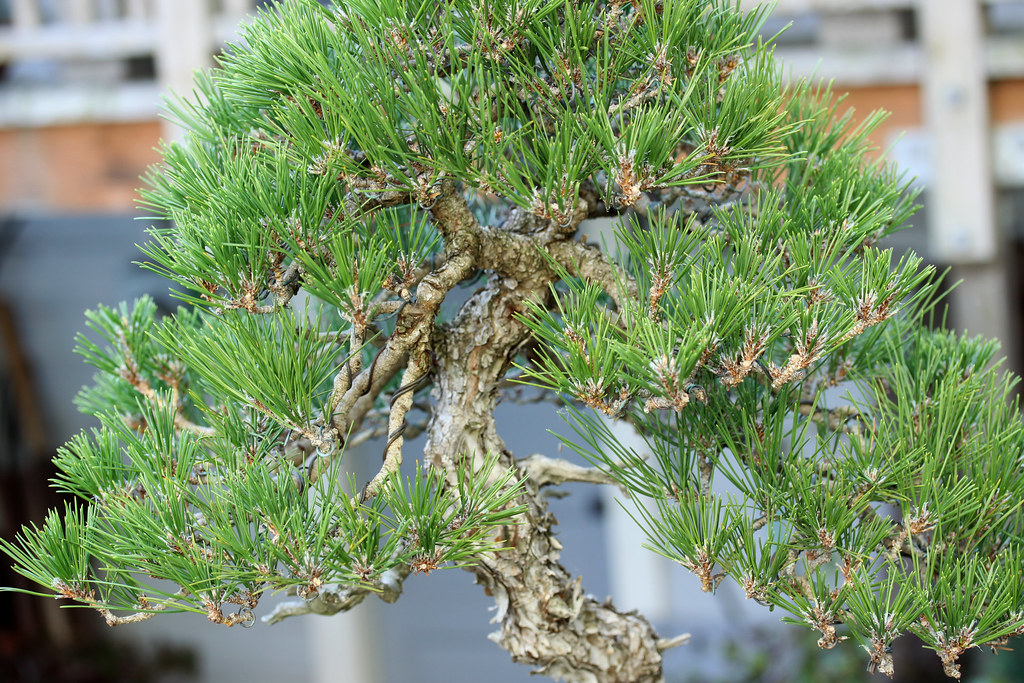LOL.
There are multiple things going on here. Let me see if I can explain how I see the situation.
1. Aesthetic preference - There is a preference that is personal, based on your own experience that will tell you how full you like your trees. This tree is far less full than many pines I've seen in Japan. But, it's a taller and more elegant tree so I see your point about not wanting the foliage to overpower the trunk. Still, I'll probably not change it since I like it this way. I think you (Vance and Kennedy among others) liking trees to be more sparse is great, it's just not how I choose to style my trees.
2. There is a different experience from a photo and in person. I've always felt that the best trees do not photograph well and that trees that do photograph well are sometimes boring to see in person. This tree may just look like a green mass to you in a photo, but in person there is an intricate interplay of branching that delights my eye as I walk in front of it. The key branch and the middle of the front of the crown are both places where the intricacy of the branching is particularly delightful.
3. Artistic bravado - it's harder to have a dense, properly ramified tree than a sparse one. So perhaps I'm a braggart.
4. Horticultural challenge - Regarding the length of the needles...I know how to make them shorter, like the photo that you pasted in. But, the health of my trees is always my primary concern. Part of the reason I will not show this tree in the next year is that the needles are longer than they should be for a show...perhaps by about 1/2". They look fine, but they could look better. I also left a couple of the branches with the spring growth on them to make them healthier relative to the rest of the tree. If I had decandled a week or two later in the summer, or fertilized less in the fall, I would have had shorter needles, but a less healthy tree. Since I had not planned to show this tree I was more concerned about the health than the needle length. What I was trying to do this year is restore the tree to perfect balance, knowing that the cost of doing so was a tree that is not aesthetically perfect.
Now that you read all that here's a nice photo.





